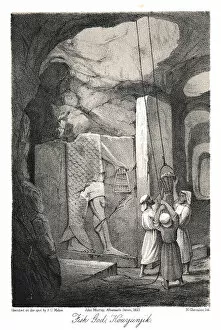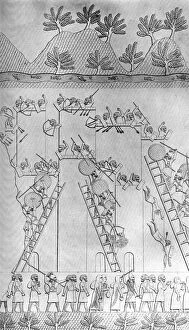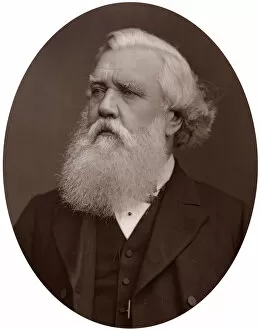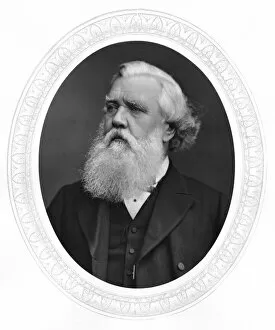Sir Austen Henry Collection
Sir Austen Henry Layard was a renowned British archaeologist, politician, and diplomat who made significant contributions to the field of Assyriology in the 19th century
All Professionally Made to Order for Quick Shipping
Sir Austen Henry Layard was a renowned British archaeologist, politician, and diplomat who made significant contributions to the field of Assyriology in the 19th century. His work shed light on ancient civilizations and their rich cultural heritage. One of his notable achievements was the discovery and excavation of several important archaeological sites in Mesopotamia, including Nineveh, Nimrud, and Kouyunjik. Layard's meticulous restoration efforts brought these ancient palaces back to life, allowing us to glimpse into the grandeur of Assyrian architecture. Layard's passion for history is evident in his artwork as well. In "Procession of the Bull, " we see an intriguing depiction from 1890 that captures a ceremonial event with unknown origins but showcases Layard's attention to detail. Another masterpiece attributed to him is "The Palace of Kouyunjik Restored. " This painting portrays Layard's vision for reconstructing Sennacherib's palace with precision and accuracy based on his extensive excavations. Layard also documented military conquests by depicting scenes such as "A city taken by assault by the Assyrians" and "Assault on the City of Lachish. " These artworks provide valuable insights into warfare strategies employed during ancient times. In addition to his artistic endeavors, Sir Austen Henry Layard served as a British Ambassador to Constantinople in 1877. A portrait titled "Right Hon Austen Henry Layard DCL" captures his dignified presence during this diplomatic role. Throughout his career, Sir Austen Henry Layard demonstrated a deep appreciation for ancient cultures like that of Nisroch - an Assyrian god depicted in one artwork - or through excavating carvings like that of Fish god Dagon at Nineveh. Today, we remember Sir Austen Henry Layard not only as an accomplished archaeologist but also as someone who dedicated himself to preserving our shared human history.











